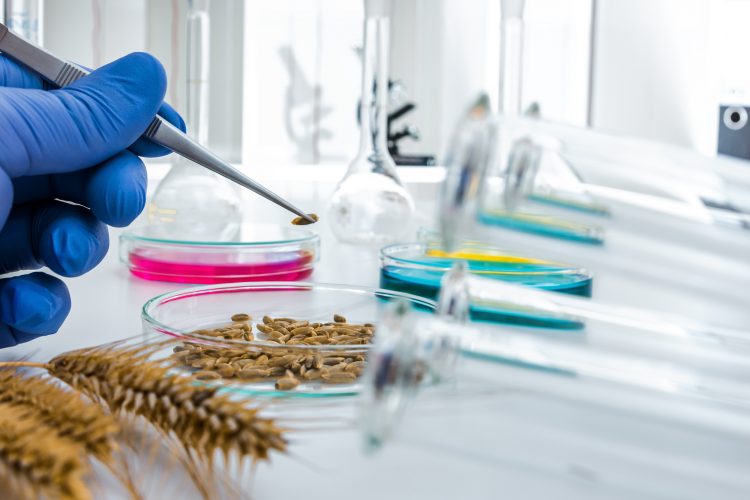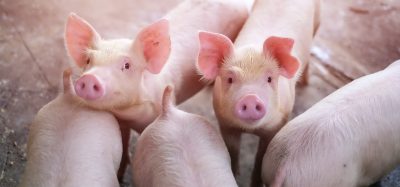Gene editing in plants more acceptable than livestock study finds
- Like
- Digg
- Del
- Tumblr
- VKontakte
- Buffer
- Love This
- Odnoklassniki
- Meneame
- Blogger
- Amazon
- Yahoo Mail
- Gmail
- AOL
- Newsvine
- HackerNews
- Evernote
- MySpace
- Mail.ru
- Viadeo
- Line
- Comments
- Yummly
- SMS
- Viber
- Telegram
- Subscribe
- Skype
- Facebook Messenger
- Kakao
- LiveJournal
- Yammer
- Edgar
- Fintel
- Mix
- Instapaper
- Copy Link
Posted: 13 July 2021 | Arianna Dinelli | No comments yet
Researchers from the Universities of Göttingen and British Columbia have investigated the acceptability of five different countries towards changes in genome editing.


Gene editing is a controversial topic and is heavily regulated
A research team from the University of Göttingen and the University of British Columbia has investigated how people in five different countries react to various usages of genome editing in agriculture. The study was published in Agriculture and Human Values.
The researchers looked at which uses are accepted and how the risks and benefits of the new breeding technologies are rated by people. The results show only minor differences between the countries studied – Germany, Italy, Canada, Austria and the US. In all countries, making changes to the genome is more likely to be deemed acceptable when used in crops, rather than in livestock.
Relatively new breeding technologies, such as CRISPR gene editing, have enabled a range of new opportunities for plant and animal breeding. In the EU, the technology falls under genetic engineering legislation and is therefore subject to rigorous restrictions.
However, the use of gene technologies remains controversial. Between June and November 2019, the research team collected views on this topic via online surveys from around 3,700 people from five countries. Different applications of gene editing were evaluated: five related to disease resistance in people, plants, or animals; and two related to achieving either better quality of produce or a larger quantity of product from cattle.
“We were able to observe that the purpose of the gene modification plays a major role in how it is rated,” said first author Dr Gesa Busch, from the University of Göttingen. “If the technology is used to make animals resistant to disease, approval is greater than if the technology is used to increase the output from animals.”
Overall, however, the respondents reacted very differently to the uses of the new breeding methods. Four different groups can be identified: strong supporters, supporters, neutrals, and opponents of the technology.
The 24 percent of people who opposed the findings identified high risks and called for a ban of the technology, regardless of the possible benefits. In contrast, 21 percent saw fewer risks, and therefore strongly supported the findings, whereas those who responded that they ‘supported’ the study (26 percent) saw both advantages and risks. However, 29 percent of the individuals remained ‘neutral’, and expressed no strong opinion on the subject.








